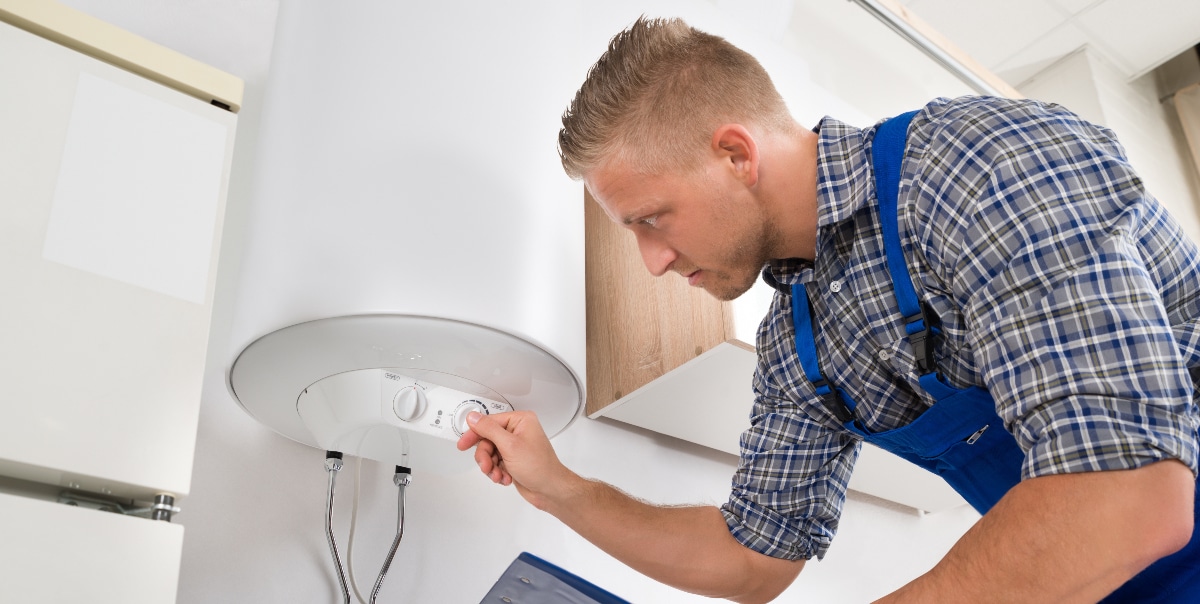Caring for Your Home's Hot Water System: Important TipsEffective Strategies for Maintaining Your Home's Hot Water System
Caring for Your Home's Hot Water System: Important TipsEffective Strategies for Maintaining Your Home's Hot Water System
Blog Article
What're your opinions on Tips on Maintaining a Water Heater?

Hot water is crucial for day-to-day comfort, whether it's for a revitalizing shower or cleaning dishes. To ensure your hot water system runs effectively and lasts much longer, routine maintenance is key. This short article offers functional pointers and insights on just how to maintain your home's warm water system to avoid interruptions and pricey repair work.
Intro
Keeping your home's hot water system may appear challenging, yet with a couple of straightforward steps, you can ensure it runs smoothly for several years ahead. This guide covers whatever from recognizing your warm water system to DIY maintenance ideas and recognizing when to hire professional assistance.
Relevance of Keeping Your Warm Water System
Normal maintenance not only prolongs the lifespan of your hot water system but also ensures it operates efficiently. Neglecting maintenance can lead to lowered performance, greater power expenses, and even premature failure of the system.
Signs Your Warm Water System Demands Upkeep
Understanding when your hot water system needs attention can prevent significant problems. Keep an eye out for indicators such as irregular water temperature, unusual noises from the heater, or rustic water.
Recognizing Your Hot Water System
Prior to diving into maintenance jobs, it's valuable to understand the basic parts of your warm water system. Usually, this includes the water heater itself, pipelines, anode rods, and temperature controls.
Monthly Upkeep Tasks
Routine monthly checks can aid capture minor issues prior to they intensify.
Flushing the Hot Water Heater
Purging your hot water heater gets rid of sediment buildup, boosting effectiveness and prolonging its life.
Monitoring and Replacing Anode Rods
Anode rods protect against rust inside the tank. Evaluating and replacing them when worn out is critical.
Checking and Adjusting Temperature Level Settings
Readjusting the temperature settings makes sure optimum performance and safety.
Do It Yourself Tips for Maintenance
You can perform numerous upkeep tasks yourself to maintain your warm water system in top problem.
Looking for Leaks
Regularly evaluate pipelines and links for leakages, as these can cause water damages and higher bills.
Examining Stress Relief Valves
Examining the stress relief valve guarantees it operates properly and avoids excessive stress accumulation.
Insulating Pipelines
Insulating hot water pipes minimizes warm loss and can save power.
When to Call a Specialist
While DIY upkeep is helpful, some issues call for expert proficiency.
Facility Issues Calling For Expert Aid
Examples consist of major leakages, electrical troubles, or if your water heater is continually underperforming.
Routine Specialist Maintenance Perks
Professional upkeep can include complete inspections, tune-ups, and making sure compliance with security criteria.
Final thought
Normal maintenance of your home's warm water system is essential for effectiveness, long life, and cost financial savings. By adhering to these suggestions and recognizing when to seek expert aid, you can ensure a trustworthy supply of warm water without unexpected disruptions.
How to Maintain an Instant Hot Water Heater
Before tinkering with your hot water heater, make sure that it’s not powered on. You also have to turn off the main circuit breaker and shut off the main gas line to prevent accidents. Also turn off the water valves connected to your unit to prevent water from flowing into and out of the appliance. 2. When you’re done, you have to detach the purge valves’ caps. These look like the letter “T” and are situated on either side of the water valves. Doing so will release any pressure that has accumulated inside the valves while at the same time avoid hot water from shooting out and burning your skin. 3. When the purge valves’ caps are removed, you have to connect your hosing lines to the valves. Your unit should have come with three hoses but if it didn’t, you can purchase these things from any hardware or home repair shops. You can also get them from retail stores that sell water heating systems. Read the user’s manual and follow it to complete this task properly. When the hosing lines are connected, open the purge port’s valves. 4. You should never use harsh chemical cleaners or solutions when cleaning your unit. Make use of white vinegar instead. It should be undiluted and you’ll probably use about 2 gallons. 5. Now flush your water heater. This task should probably take about 40 minutes. We can’t give you specific directions for this because the procedure is carried out depending on the type, model and brand of your heater. With that being said, refer to the user’s manual. 6. When you’re done draining the unit, you have to turn off the purge port valves again. Remove the hosing lines that you earlier installed on each of the water valves. Put the valve caps (purge port) back in their respective places and be very careful so as not to damage the rubber discs that are found inside these caps. 7. Now that everything’s back in place, check your user’s manual again to find out how to reactivate your water heating system. 8. Once it is working, turn one of your hot water faucets on just to let air pass through the heater’s water supply pipes. Leave the tap on until water flows smoothly out of it. https://www.orrplumbing.com/blog/2014/september/how-to-maintain-an-instant-hot-water-heater/

Hopefully you liked our post about How to Maintain a Hot Water Heater in a Few Simple Steps. Thank you so much for taking a few minutes to read through our content. Please take the opportunity to distribute this post if you enjoyed reading it. Thank you for your time. Come back soon.
Top Article Report this page